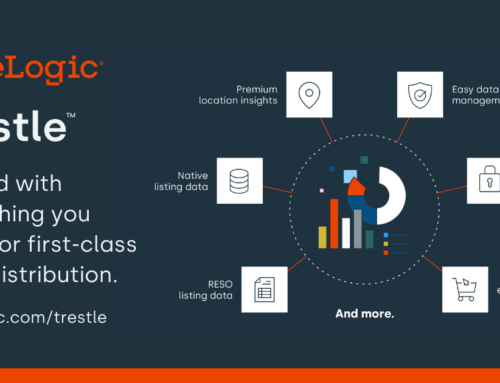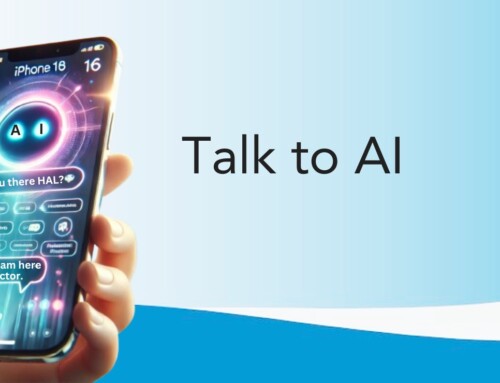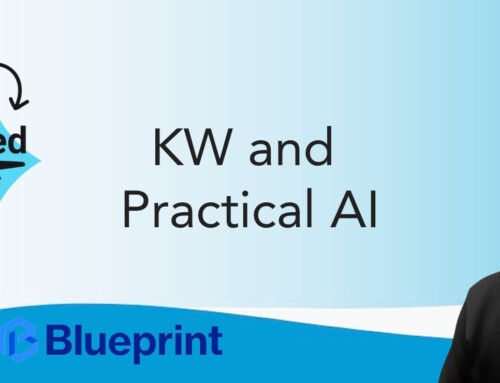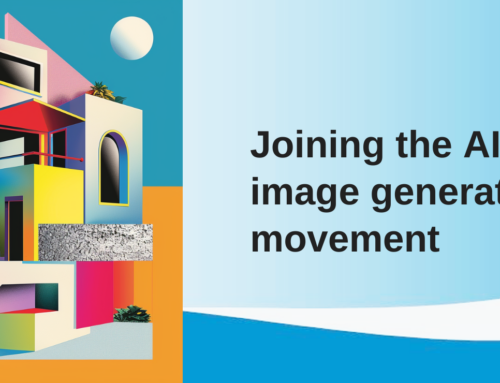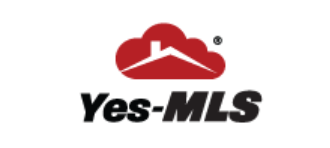 WAV Group operates like the mechanical middle of a Rubik’s Cube, supporting the facets of Associations of REALTORS®, multiple listing organizations (MLO), brokerage firms, franchisors and the technology companies that serve them. As the cube twists and turns we observe change. The reward of consulting is the discovery of patterns that recur and the development of disciplined approaches to optimizing performance as change occurs. In this article, we review a successful merger of two of Ohio’s largest Multiple Listing Organization (MLO) to form YES-MLS.
WAV Group operates like the mechanical middle of a Rubik’s Cube, supporting the facets of Associations of REALTORS®, multiple listing organizations (MLO), brokerage firms, franchisors and the technology companies that serve them. As the cube twists and turns we observe change. The reward of consulting is the discovery of patterns that recur and the development of disciplined approaches to optimizing performance as change occurs. In this article, we review a successful merger of two of Ohio’s largest Multiple Listing Organization (MLO) to form YES-MLS.
Looking at YES-MLS, we can observe a lot about the motivators to consolidation, and in doing so – learn much about the best practices for consolidation. YES-MLS is a Regional MLO that was formed by the consolidation of two regional MLOs – the Cleveland area NORMLS and the Akron area CRIS MLS to form a 12,500 subscriber company.
Everyone in the YES-MLS merger deserves a lot of credit for their service to the industry. They created a regional powerhouse in Ohio for the benefit of brokers and agents, and most importantly, the consumers that they serve. My hope is that other MLOs will find their way to healthy consolidation.
Below are the 5 phases of the YES-MLS conversion that tell the story of selflessly uniting the community, cooperation, and collaboration among real estate professionals to form this great new company.
Phase One – Overlapping Market Disorder
Overlapping Market Disorder is a condition that plagues areas where there are artificial boundaries between MLOs. Brokers and agents need to belong to more than one MLO to conduct their business. The worst condition for this is the San Francisco Bay Area where you have an MLO in San Francisco surrounded by three MLOs in the suburbs of the city.
Belonging to multiple MLOs means duplicate fees, lockbox confusion, duplicate listing management, different rules, different data input fields, different fee structures, and so much more. At the broker and agent software level, the cost of normalizing across MLOs is exponentially expensive to build and maintain, as are the opportunity costs of compliance and learning so many different software applications.
This was the issue in Ohio prior to January of 2009. Over 10% of agents and brokers were subscribers to both MLOs (1500 or more). But more importantly, many of the subscribers who were suffering were high volume contributors of listings and trades. Agents doing no trades, or up to 5 trades a year were not likely to be members of more than one. This group belonging to one represented the majority (most number of people), but the minority of those impacted by Overlapping Market Disorder represented massive trade volume. A huge headwind for any consolidation is the low producers who only operate in one market. They don’t care.
Phase Two – Data Sharing
In response to the overwhelming feedback from brokers and agents, CRIS and NORMLS entered into a data sharing agreement in 2009. They facilitated the data share by creating NEOREX. Plan A for both NORMLS and CRIS was a merger, and Plan B was a data share. Frankly, Plan B was an easy first step toward a long-term goal. Sometimes you need to date for a while before getting married.
At the time, CRIS had about 4500 subscribers operating on the Rapattoni MLS system. NORMLS had about 8000 subscribers operating on the CoreLogic MLXchange system. CRIS also was lower priced than NORMLS. And, there was a lot of fear by both organizations that the data share would have a significant impact on their business. Both companies were very well run organizations.
I think that CRIS was fearsome that the much larger NORMLS would chew them up. That did not happen. In fact, to assure CRIS and create a better venue for data sharing, NORMLS went through the very painful and disruptive process of migrating over to Rapattoni, and aligning their data and policies to be more reflective of the smaller CRIS. This sacrifice by NORMLS was the instrument of good faith that became a lightning rod for NEOREX to be successful.
CRIStalization occurred rather than NORMLSation (my attempt at humor). What you realize here is that consolidation requires sacrifice. Some may need to sacrifice more than others. Other than the MLS system, these MLOs were pretty similar. They were in the same state, so there was similarity in forms, both had CoreLogic’s Realist Tax, etc. Listing and selling homes in Akron is not much different than listing and selling homes in Cleveland. The CRIS pricing advantage did not cause migration of NORMLS users.
NEOEREX worked because the mission of data sharing was framed around the core communication of community, cooperation, and collaboration. These goals were superior to MLS software systems.
Phase 3 – Data Sharing Conflict
Data sharing is like the flu vaccine. It prevents a lot of illness but does not inoculate the organizations from everything. It is a condition where two companies with two shareholder boards of directors that continue to compete with each other. In the middle is another board (NEOREX) that has representation from both parties and acts as an arbitrator between the two.
When you have a data share and one party wants to add a service, that involves licensing the data. Specifically, one party is given the opportunity to sublicense the other party’s data to a technology vendor. Many times, the data sharing partners do not agree.
Rules enforcement is also a challenge with data sharing. Some MLOs are strict and have heavy fines for infractions. Others are Laisssez-faire, intervening with rules enforcement as little as possible. Clearly, NEOREX did not tell the MLOs how to enforce their rules.
Contract overlap is also an issue. When you start a data share, some contracts for core services of the MLOs do not align in timing. In other ways, some things like lock box services could become an enormous challenge. The cost of switching lock box hardware is a lot more than switching MLS software. The same is true of showing software. NORMLS was using Centralized Showing Services and CRIS was using Showingtime, and these two companies do not have a data share program that works effectively. As a result, you have a residual overlapping nightmare.
Even though the MLOs are data sharing, they really did not have universal negotiating power with software vendors. I am not sure why, but MLS software vendors tend to price on an escalator of 0-250, 250-500, 500-1000, 100-2500, 2500 to 5000, 5000-7500, 7500 to 10,000, 10,000 plus. CRIS MLS was two levels below NORMLS on the pricing escalator, but together they would be in the top tier of largest MLSs in the nation.
In summary, NEOREX fixed a lot of things, but left many things unresolved.
Phase 4 – Mitigating Association Shareholder Interest
Both of these MLOs are owned by shareholders made up of Boards of REALTORS®. They had different governance, different assets, different policies for dividends to shareholders, etc. The merger not only needed to satisfy the broker participants in the MLO and the agent subscribers in the MLO, but also needed to make sense to the shareholders. A universal problem among Associations of REALTORS® is that they depend on revenue from the MLO to survive. In NEOREX, there were both shareholder boards and non-shareholder boards whose members received services from the two MLOs.
The role of the Association of REALTORS® is to collect dues from members for Association related activities, not subsidize the Association from MLO fees. Associations need to focus on professional standards, government affairs and the protection of property rights, legal affairs, and arbitration. Frankly, some Associations of REALTORS would become financially insolvent without the dividends from the MLO. This was not the case in Ohio, but we see this problem across America.
Phase 5 – The Merger with Visionary Leadership
From 2009 to 2018, NEOREX operated. During this period of nine years, the boards of directors for both organizations, the staff of each MLO, and the CEOs of the companies kept their eye on the ball. This gave the shareholder Associations time to change and recognize a new reality whereby YES-MLS would be formed.
I give a lot of credit to NORMLS CEO Carl DeMusz, and CRIS EO John Kurlich. They became friends and operated in a very selfless manner. But most importantly, they advocated for the merger with the shareholder boards and their own boards over the many years. They put the service to the brokers and the agents above their self-interest. It is really easy to sell the concept of a merger or acquisition in the corporate world where shareholders and CEOs get big stock payouts. But this does not happen in MLO mergers.
Nobody financially benefits from MLS consolidation other than the subscribers (agents) and participants (brokers) in the MLS. It is a classic case of selfless altruism or socialism whereby Associations of REALTORS® give up their self-interest in treasury. They face the facts that the profits and reserves in the MLS are not theirs to keep, and that the MLO should not be subsidizing the functions of the Associations.
In the big picture, YES-MLS now delivers a level of service effectiveness that could never be realized by operating separate organizations. They combine to contribute different centers of excellence whereby staff benefit from learning from each other. They have a deeper bench to recover from staff churn. They are able to find operational efficiencies that neither could ever conceive before. They reduced cost by migrating from Rapattoni back to CoreLogic’s Matrix and taking advantage of the discounts attributable to size. But most of all, they are training their staff and building future MLO leaders so that when John and Carl retire, they can promote from within and not miss a beat.
Everyone in the YES-MLS merger deserves a lot of credit for their service to the industry. They created a regional powerhouse in Ohio for the benefit of brokers and agents, and most importantly, the consumers that they serve. My hope is that other MLOs will find their way to healthy consolidation.
Note: The term MLS is copywritten to the Canadian Association of REALTORS®. It is super awkward to refer to an MLS as an MLO – but we should respect their copyright. I am trying.
